INTRODUCING INGLESIDE
As neighborhoods in Norfolk go, Ingleside is fairly typical. Though some homes were built as far back as the 1920s, most of the neighborhood was built out in the 1950s and 60s. The residents of Ingleside are representative of the full diversity of the city as well. As the sign in front of the Ingleside Baptist Church boasts, the people are “joyfully multicultural.” The houses range from million dollar estates on the water, to affordable apartments, which house retirees, young families and couples just getting started.
RELENTLESS WATERS
Of course Ingleside is also typical because, like much of Norfolk, it floods. Neighborhood resident Nikki Southall lives out of reach of the creek and her property is one of the lucky ones that doesn’t experience regular flooding, but after 27 years living in Ingleside, she has experienced the full effects of the relentless waters.
In October of 2016, Hurricane Matthew defied predictions and directly hit Virginia’s coast, taking Norfolk residents by surprise and causing massive, city-wide flooding. For Southall, this was one of the scariest storms she has faced in her time in the neighborhood.
“It was just supposed to be a little bit of rain and then you look up and you see cars floating in the water… Living in this area, you can’t get away from flooding,” Southall said. “It’s everywhere.”
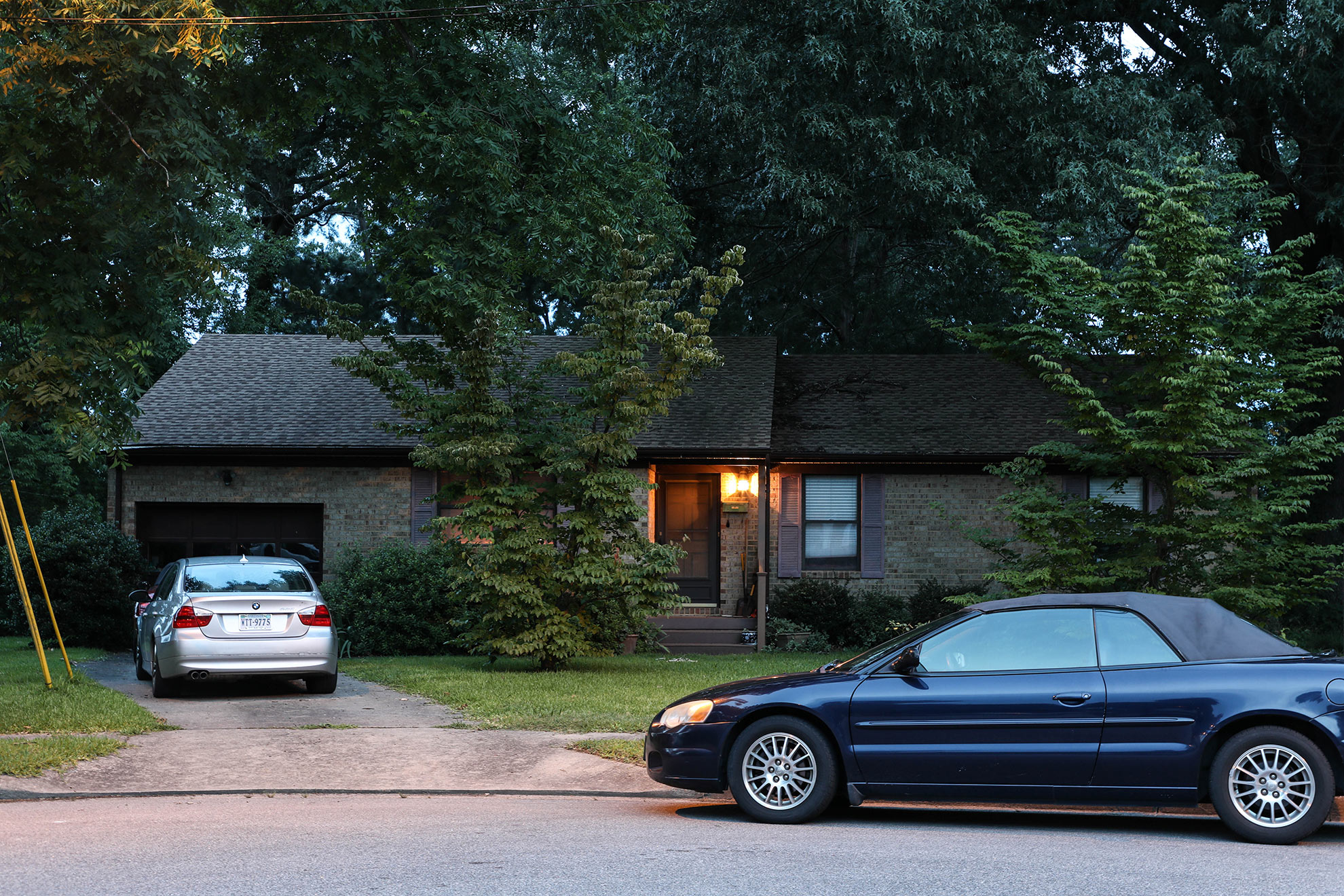
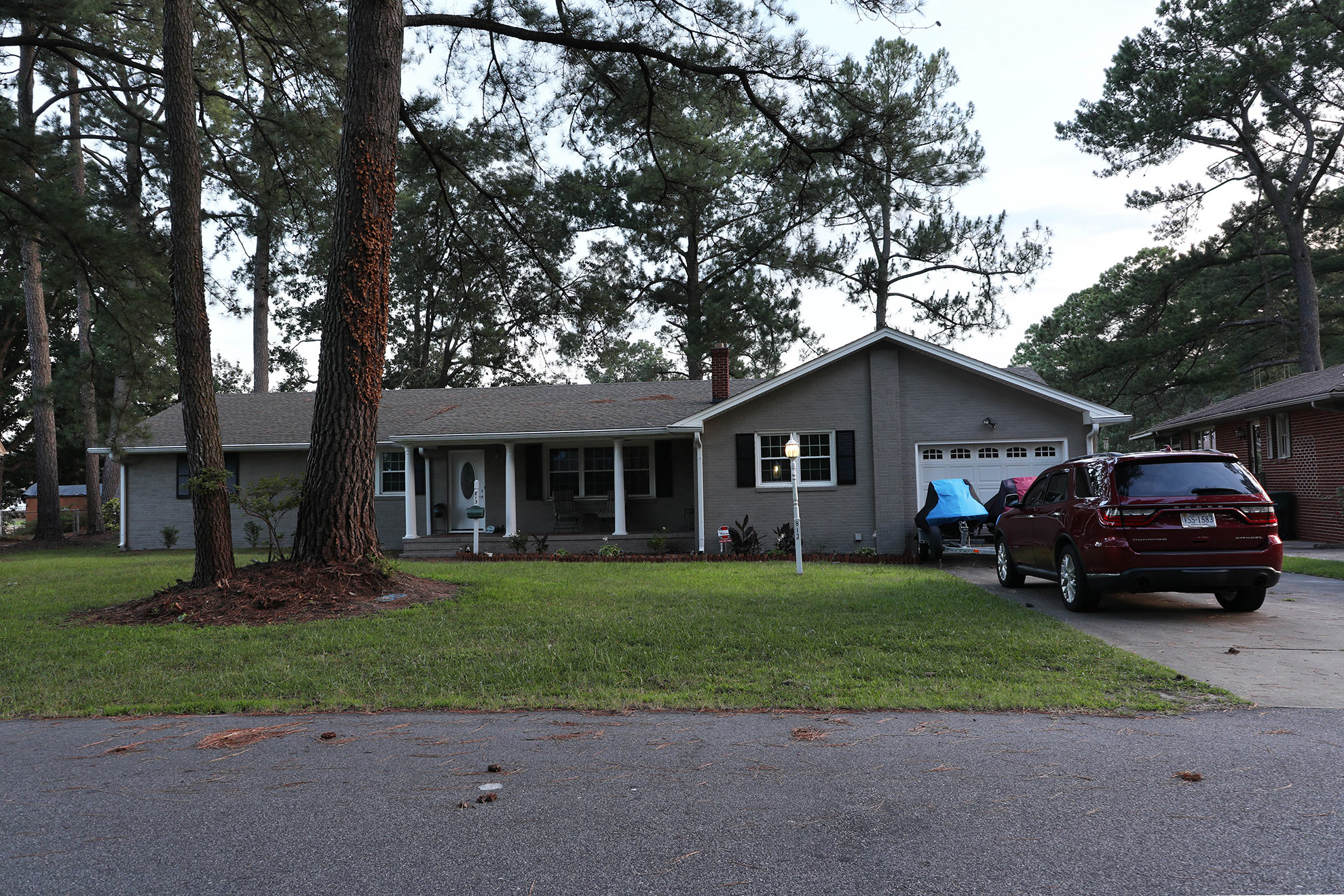
"Both Labor day weekend and again six weeks later, my backyard was almost completely flooded."
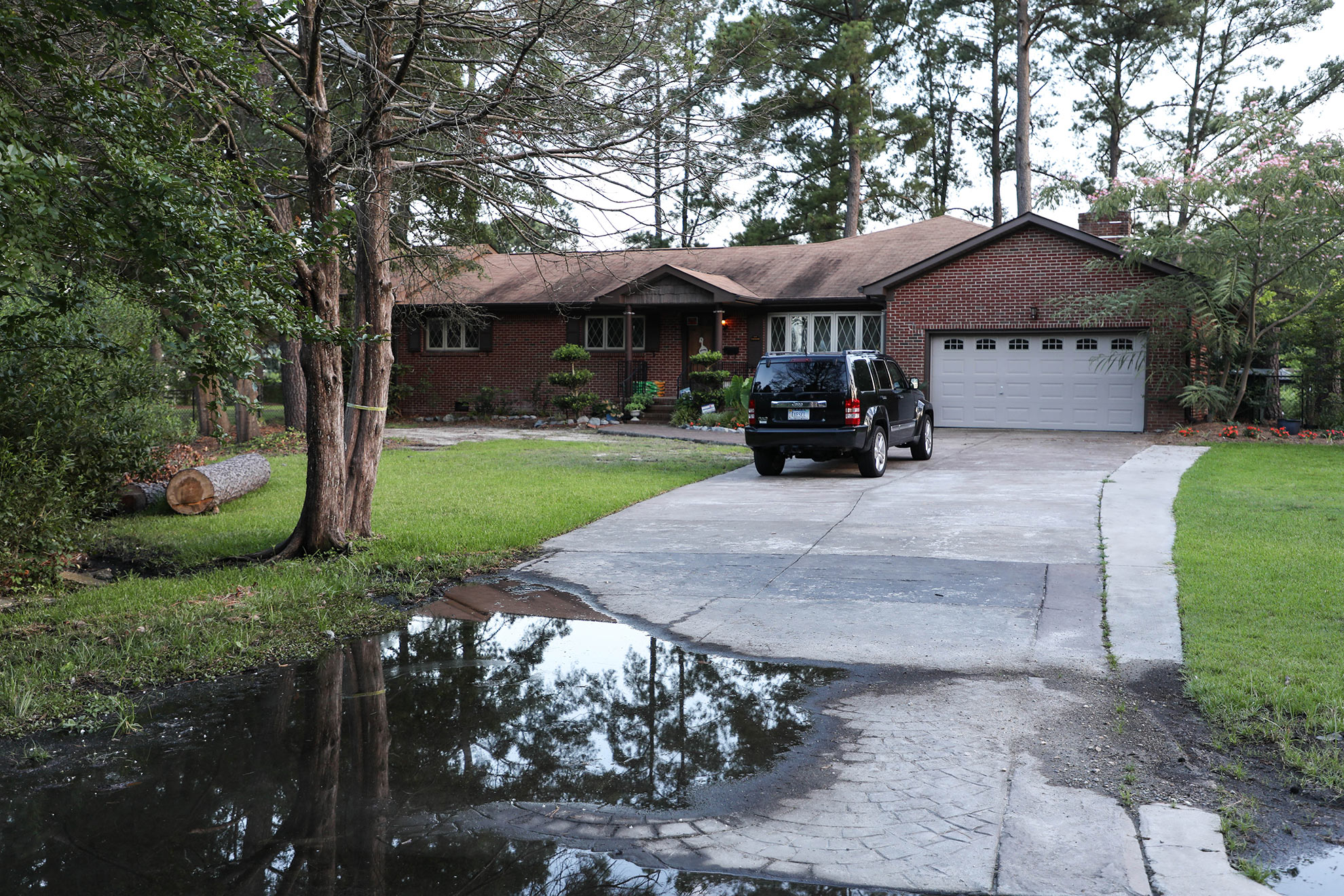

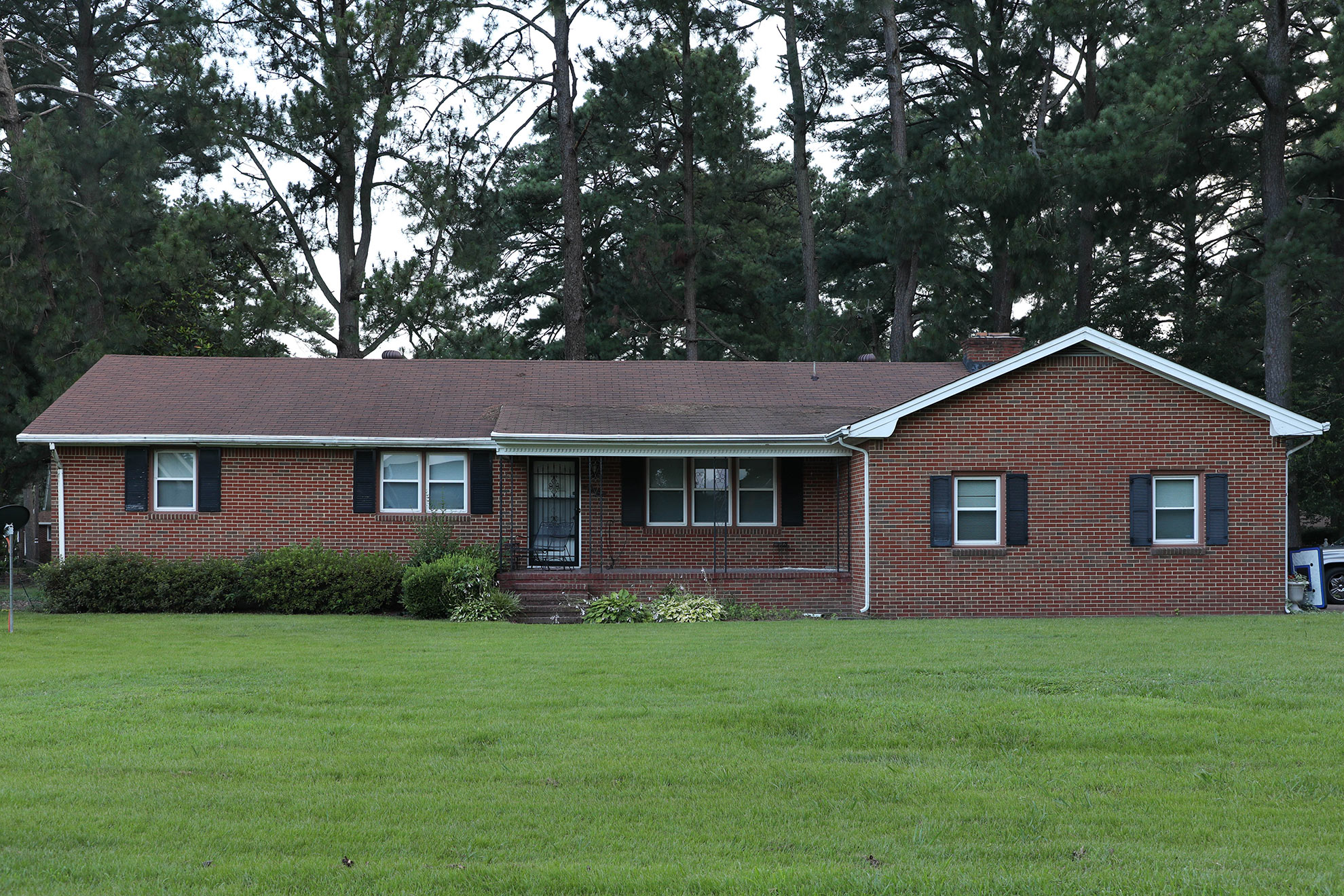
NO WAY OUT
One of the more dangerous issues the residents face when it floods is the entrapment of Fontaine Avenue. Thirty-four homes in the West Ventosa subdivision are linked to the rest of the neighborhood by just one street — only one entrance and exit — and when the waters rise out of the river, that street gets cut off. In bad storms or strong northeasters there is no way for residents beyond that street to leave, or for any help to get in should there be an emergency.
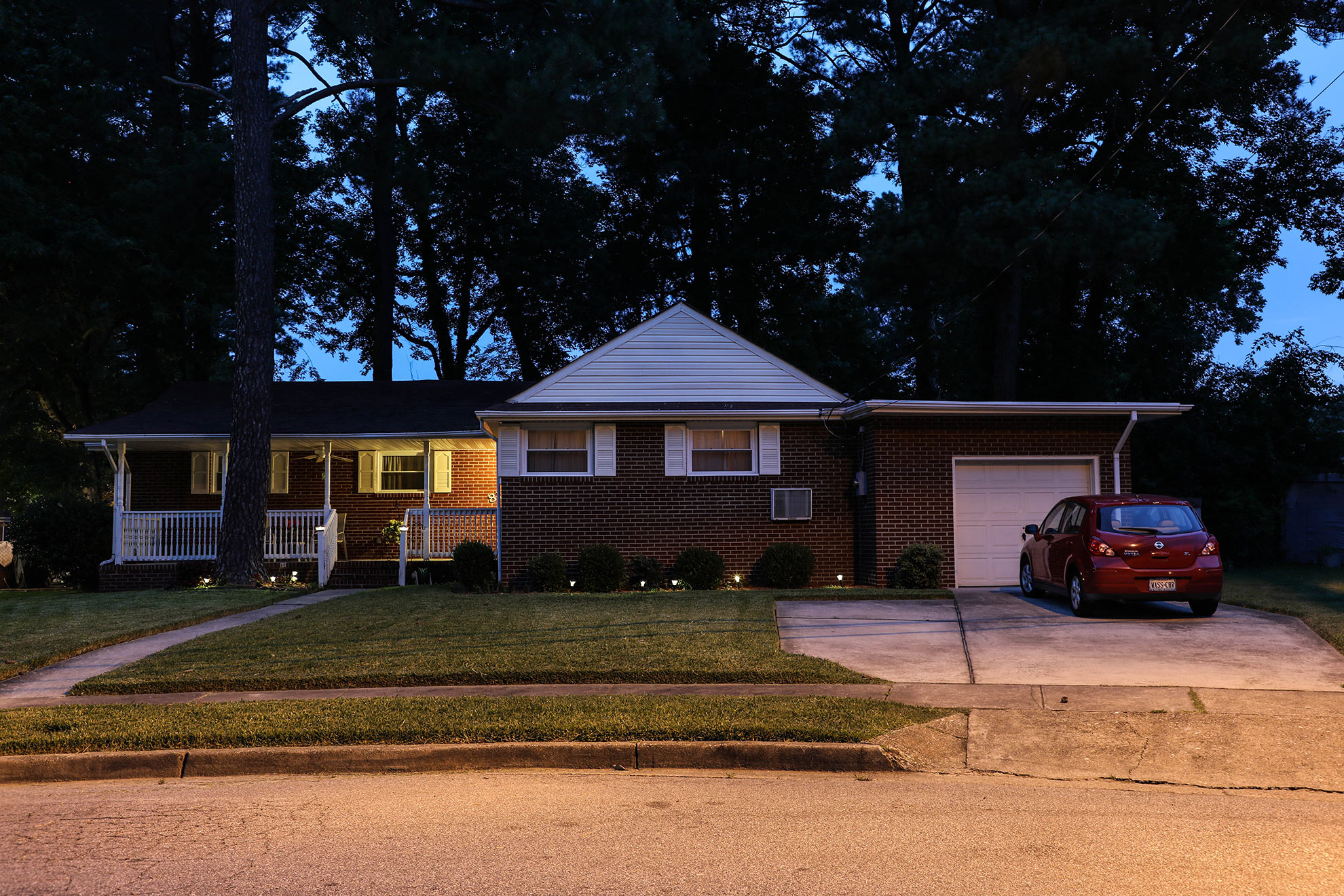
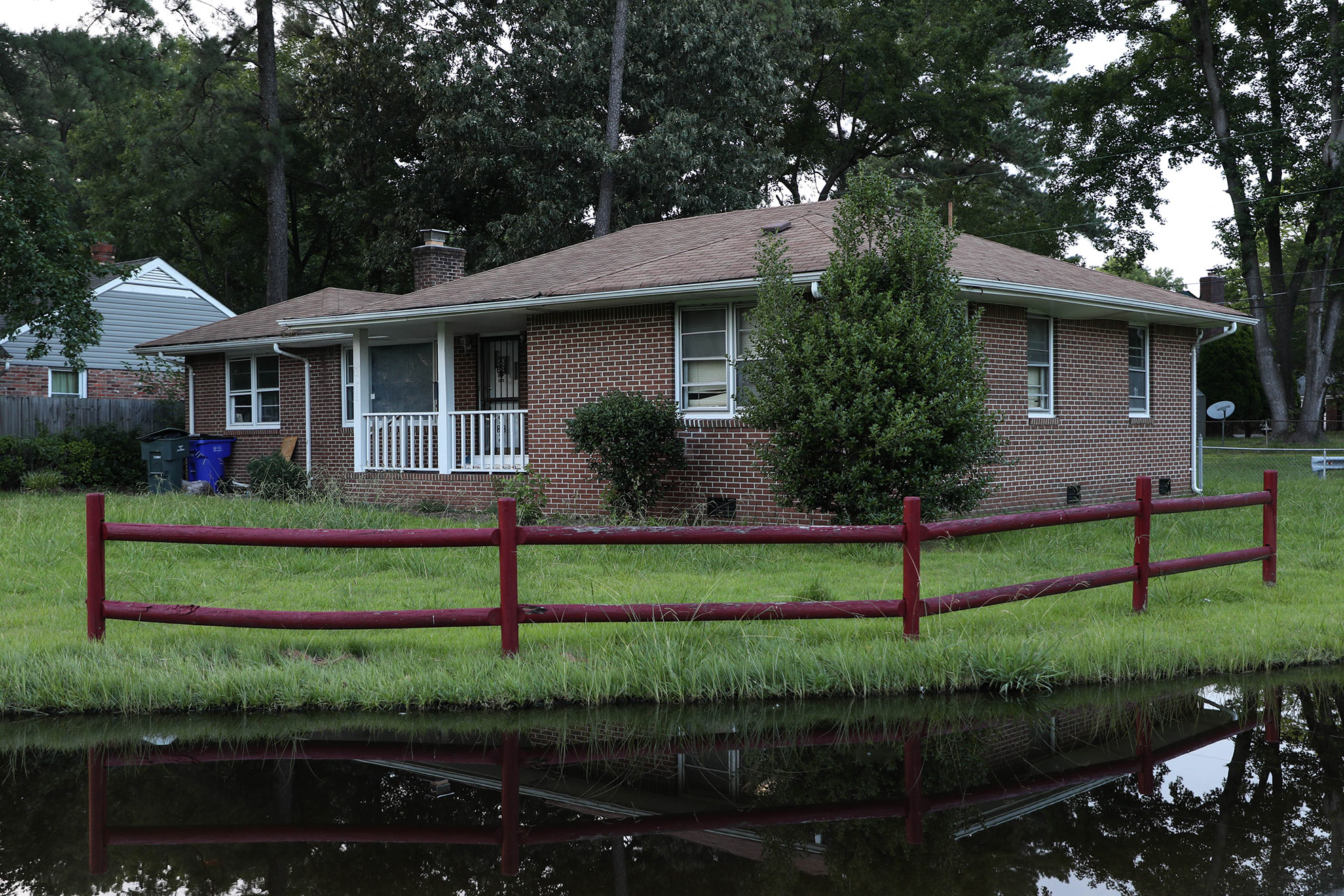
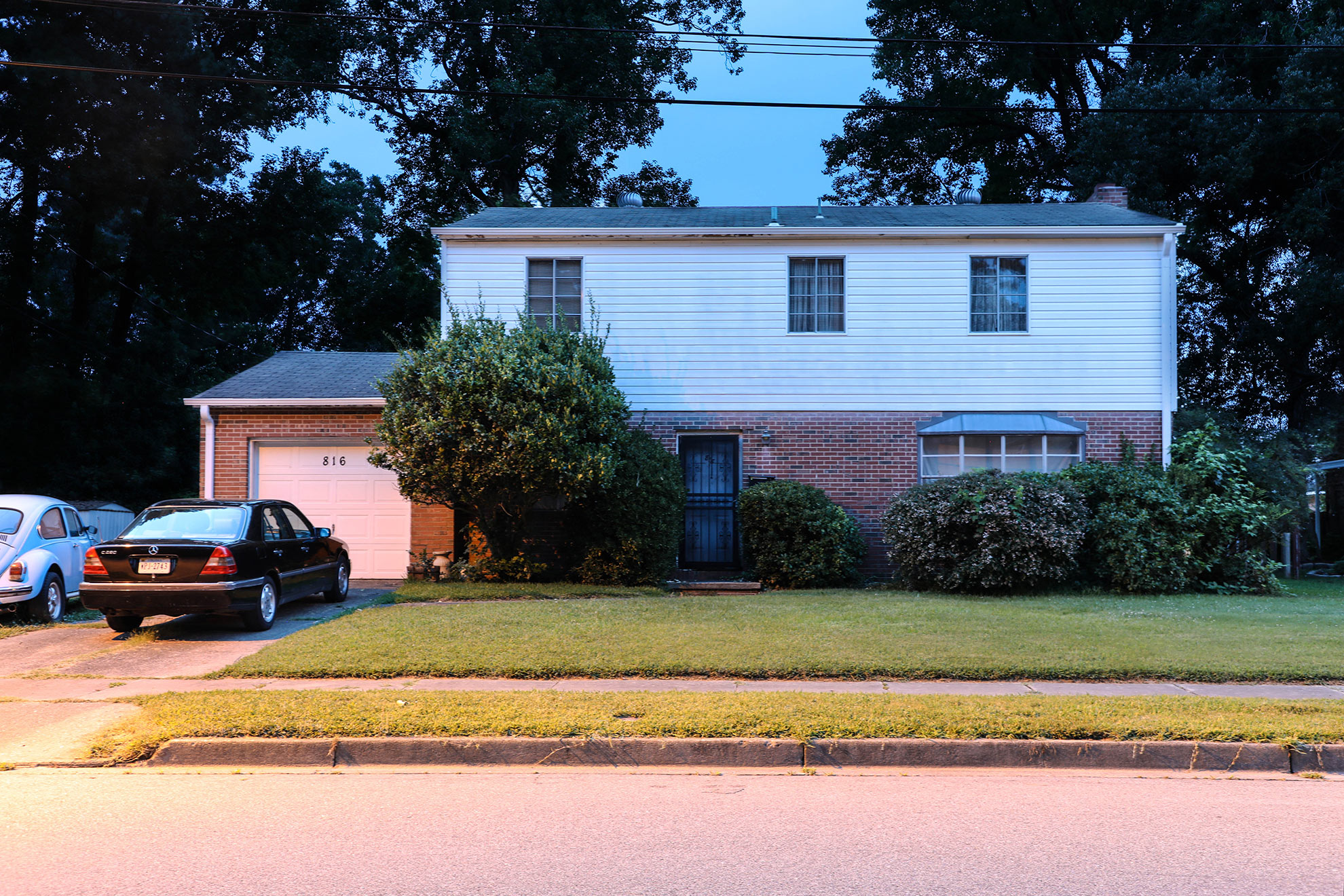
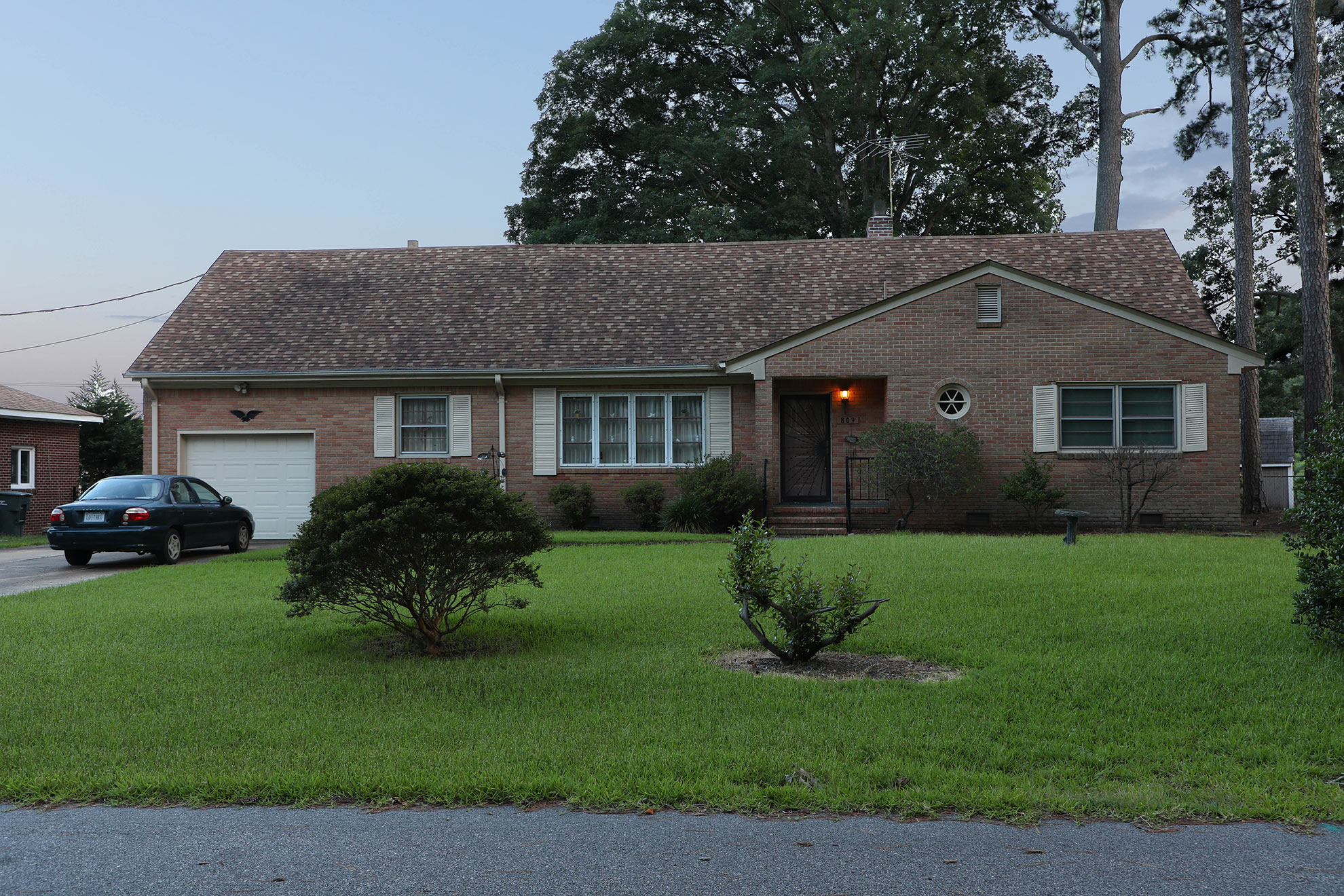

"We ended up with a piece of a long telephone pole that floated over our fence and when the water receded we had to deal with this long pole in the yard, but I mean that’s trivial compared to what everybody else has been through."
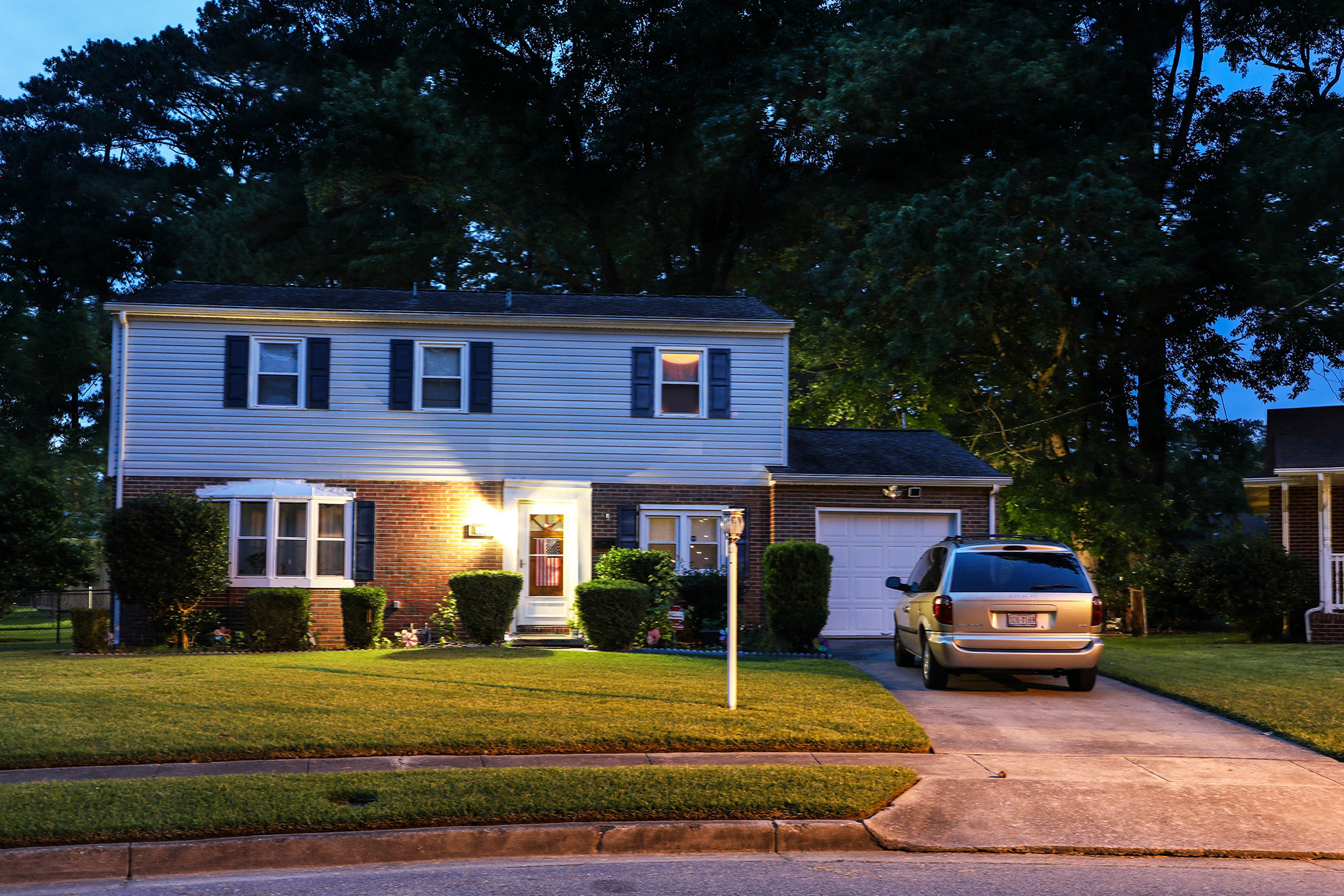
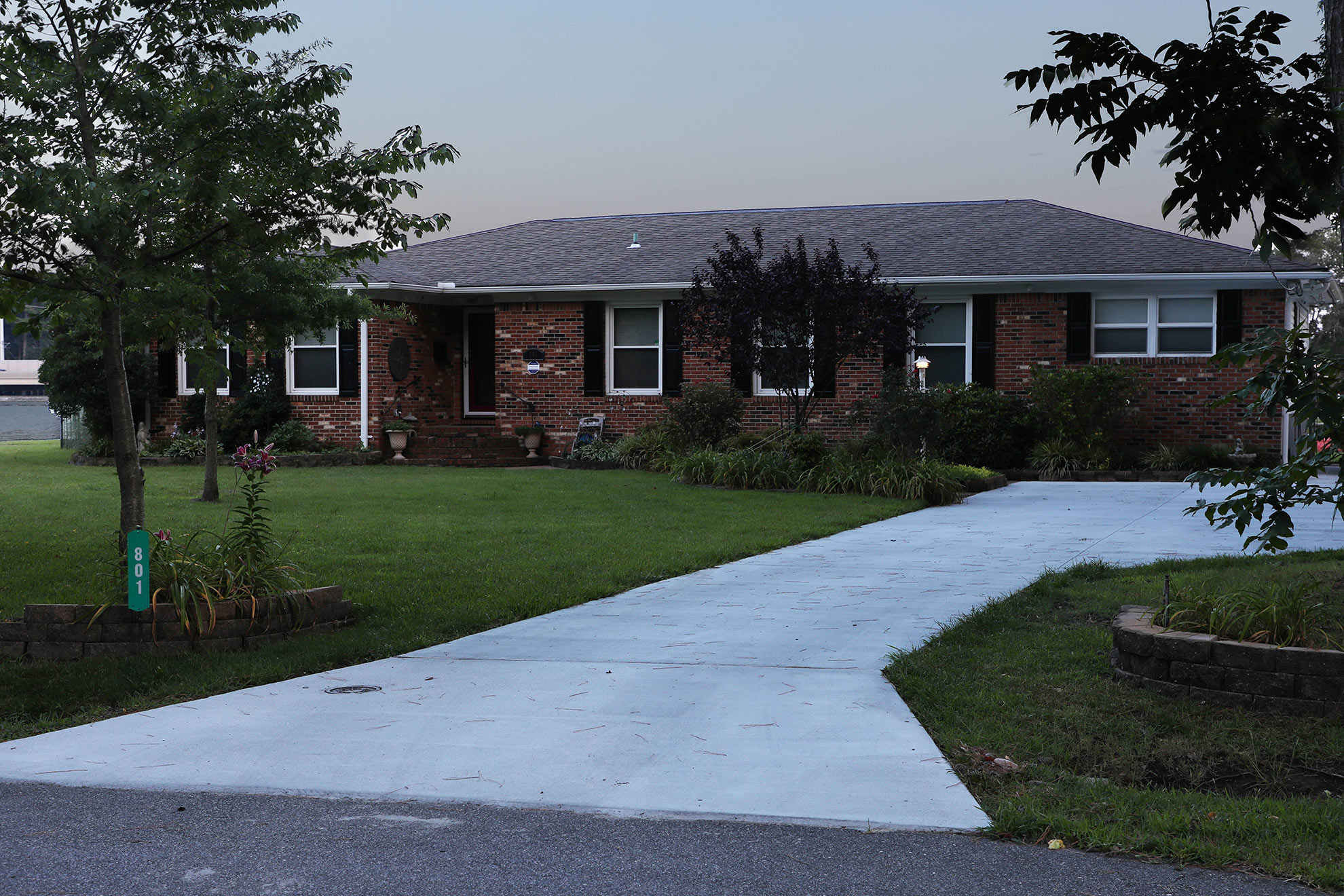
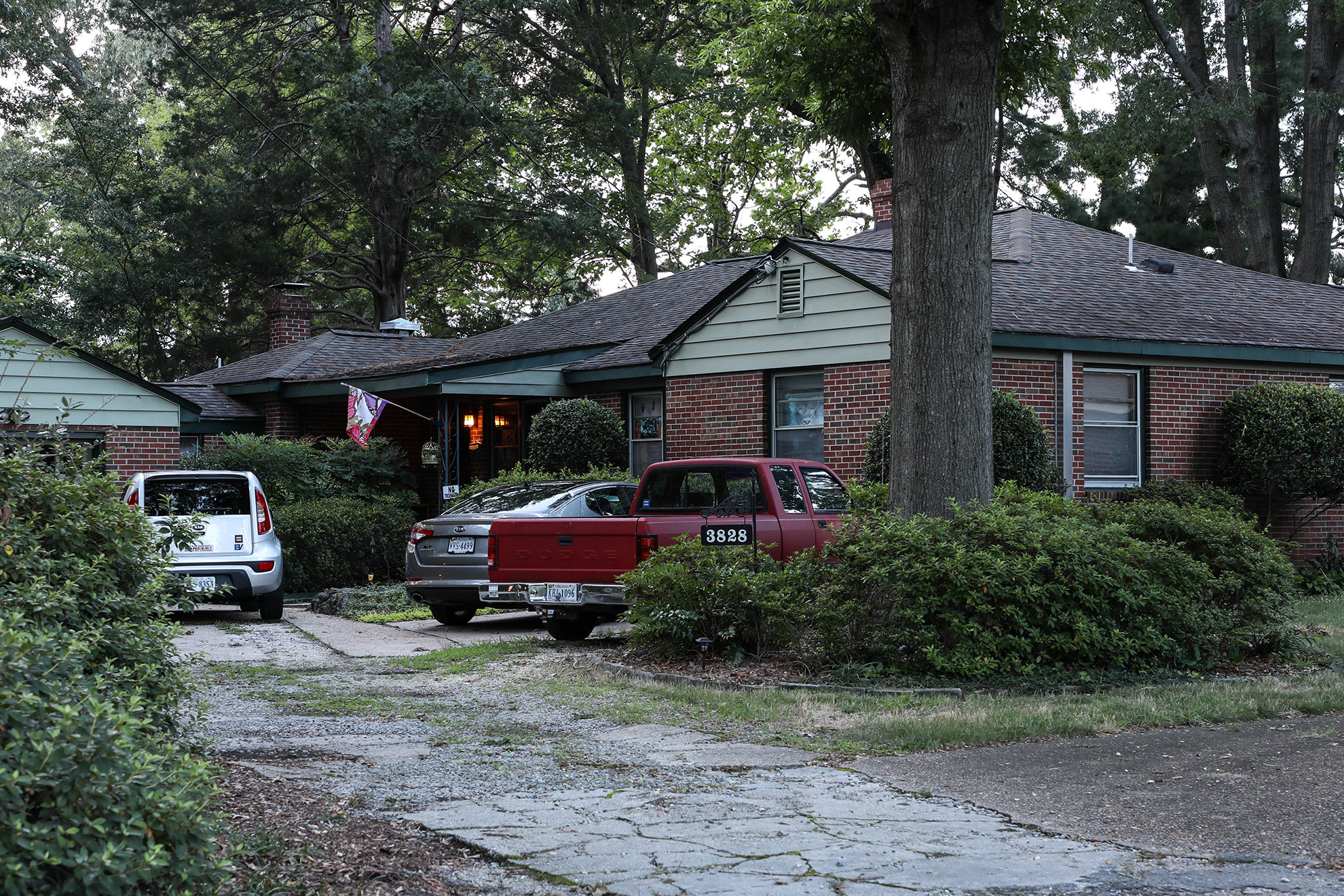
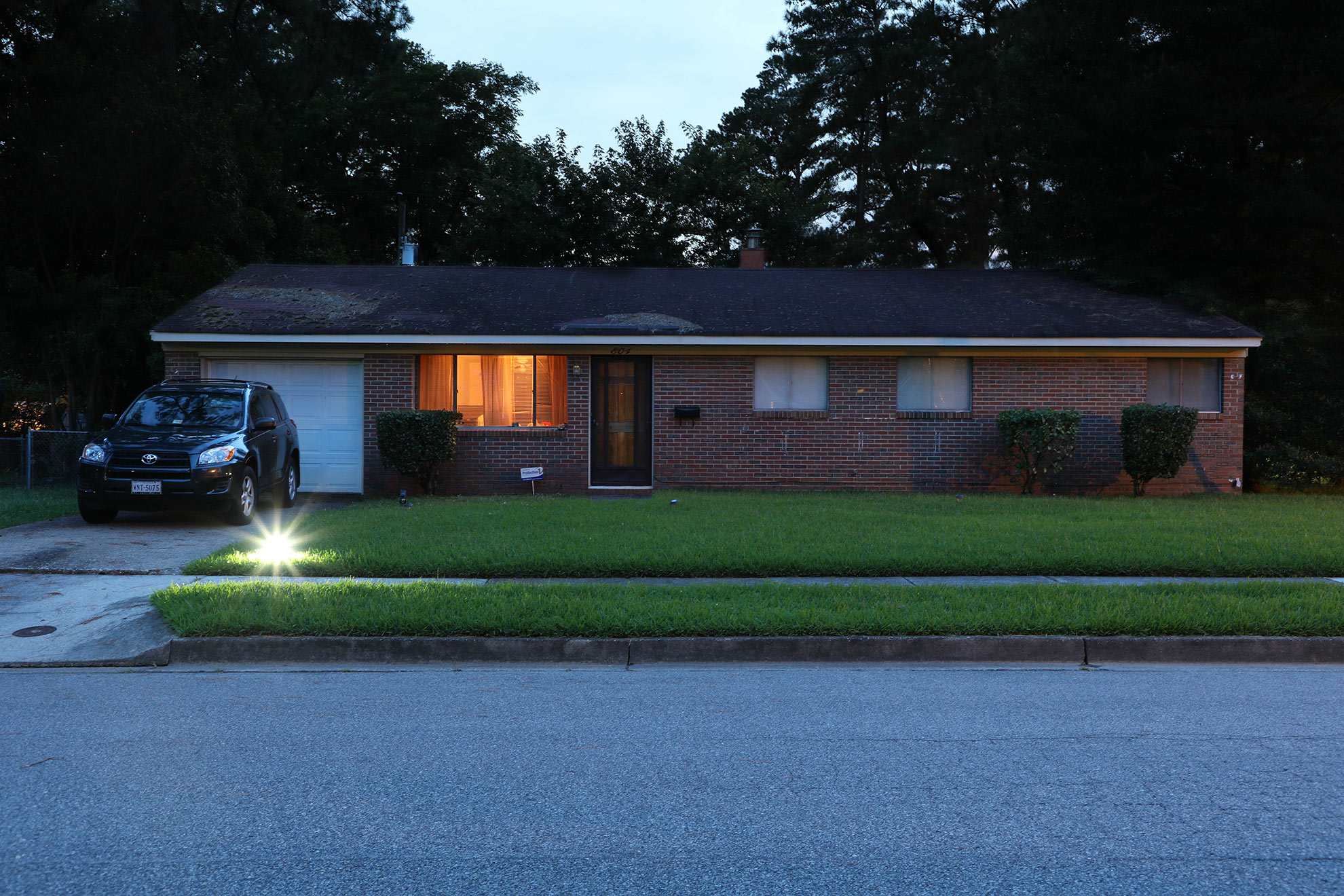
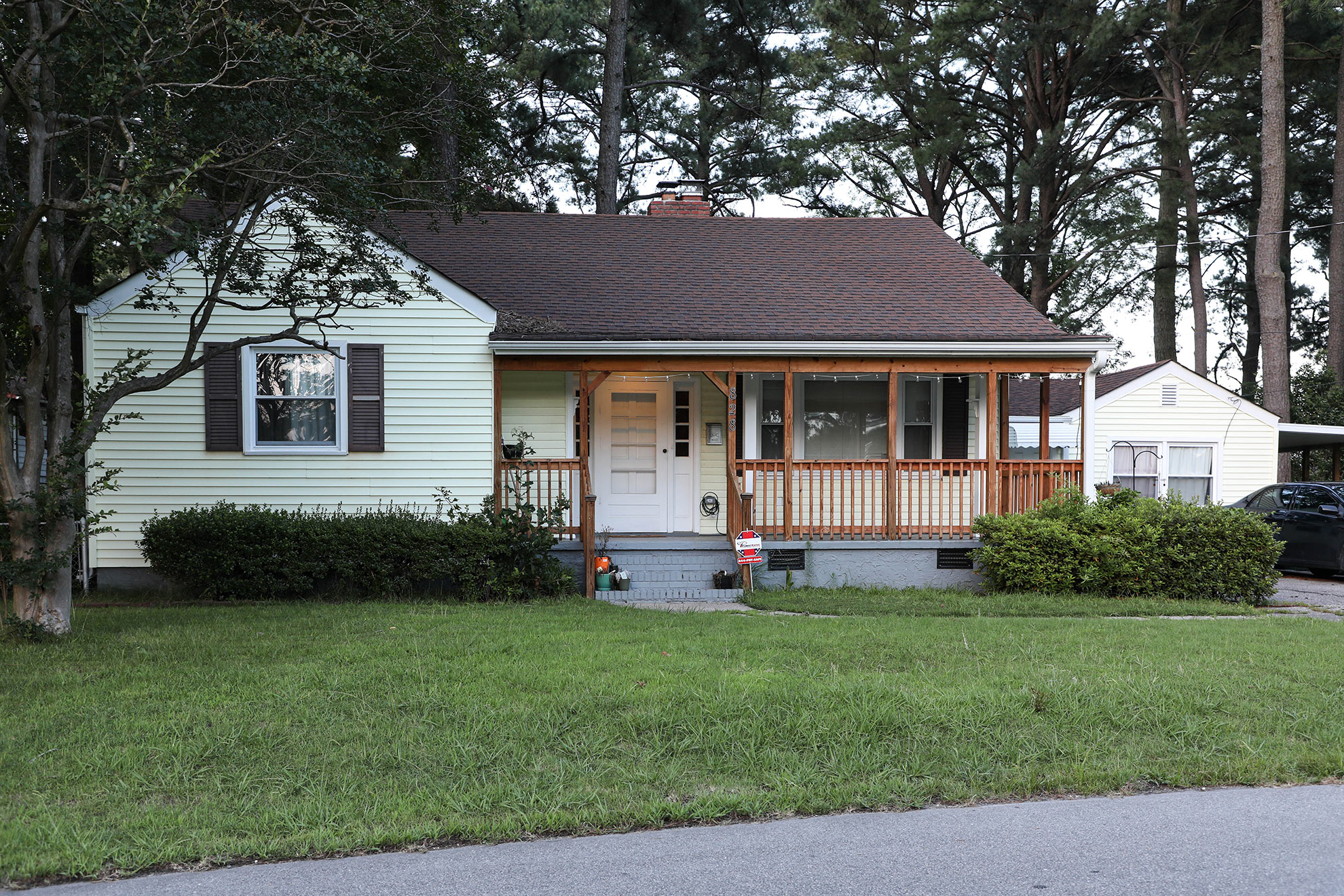
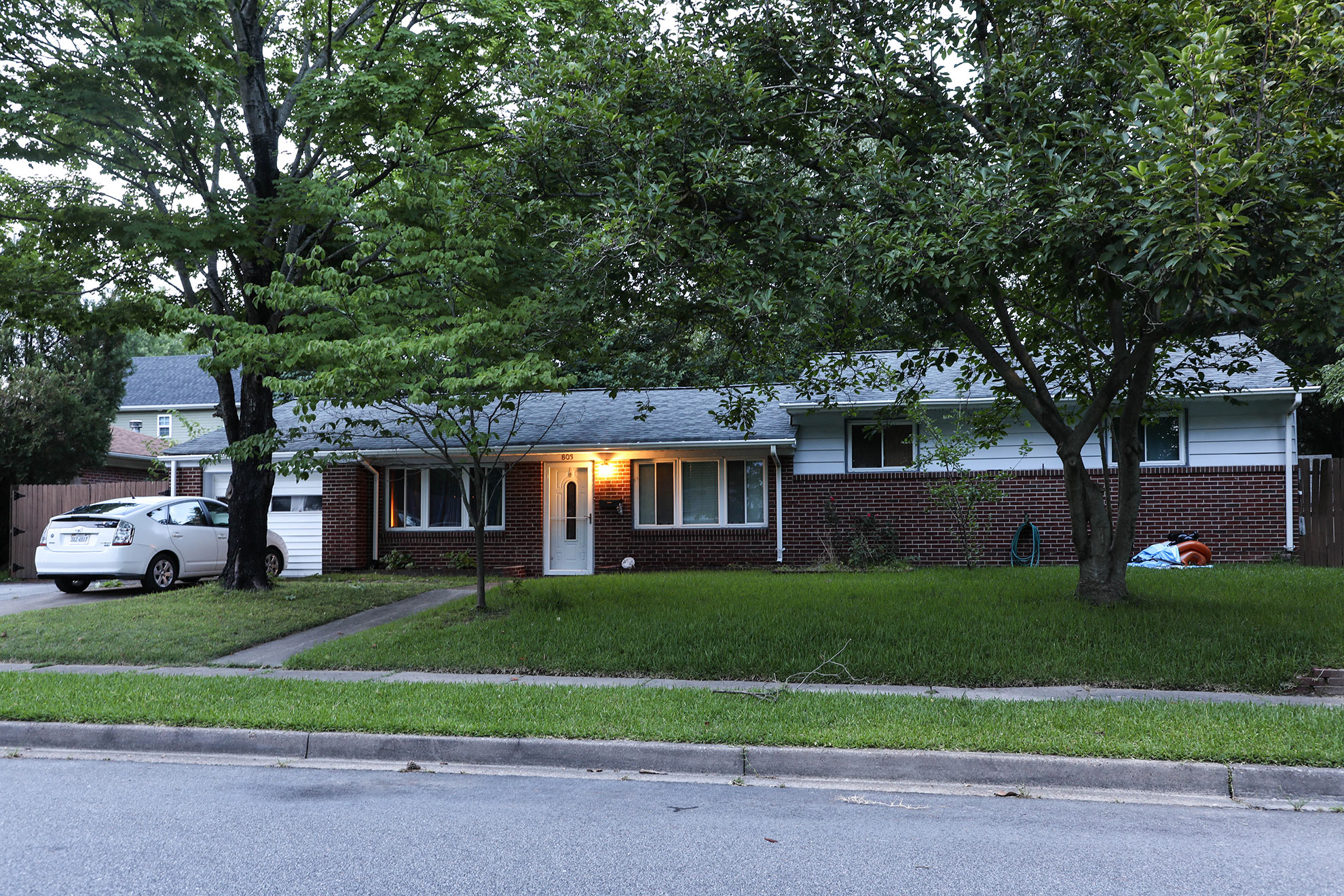
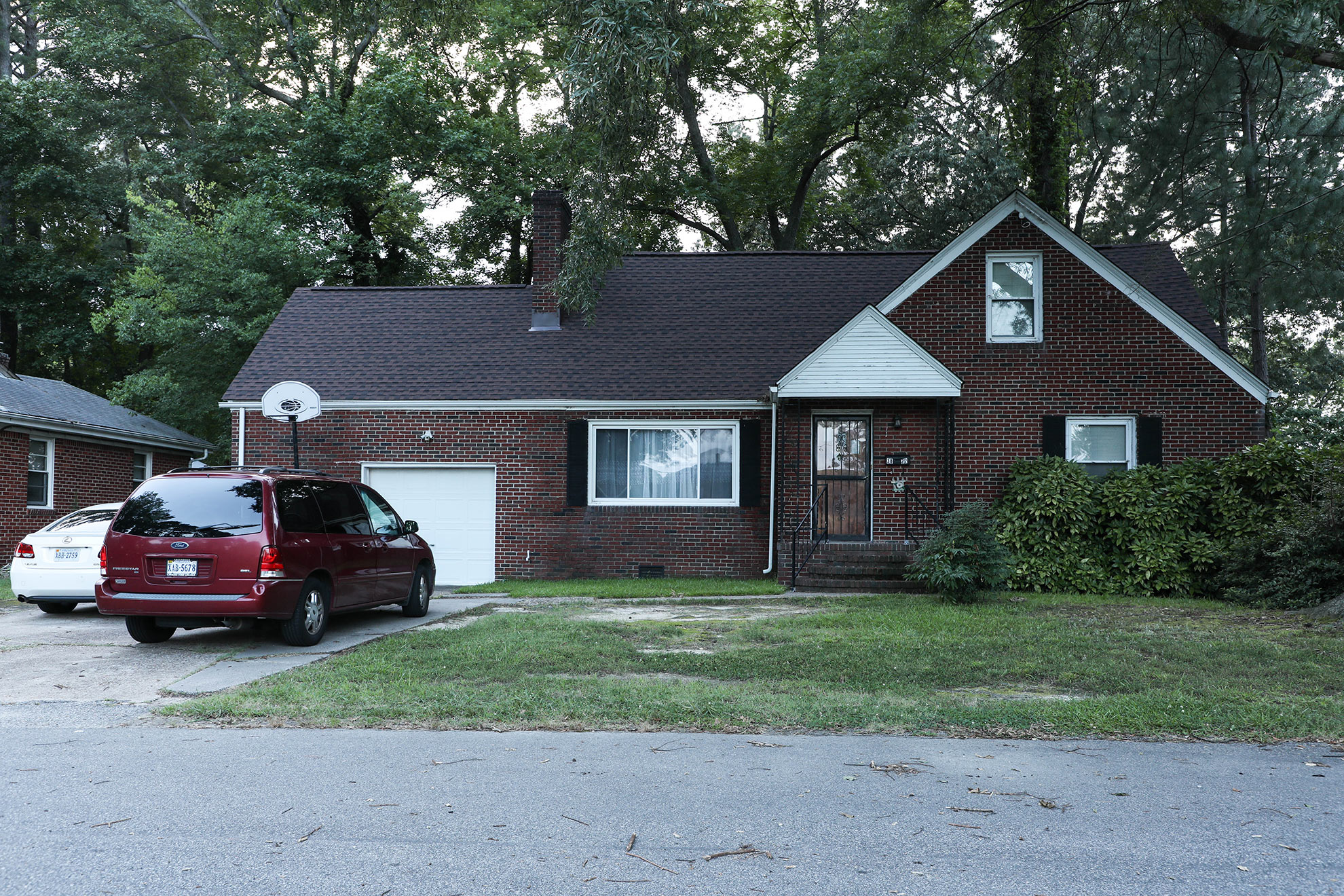
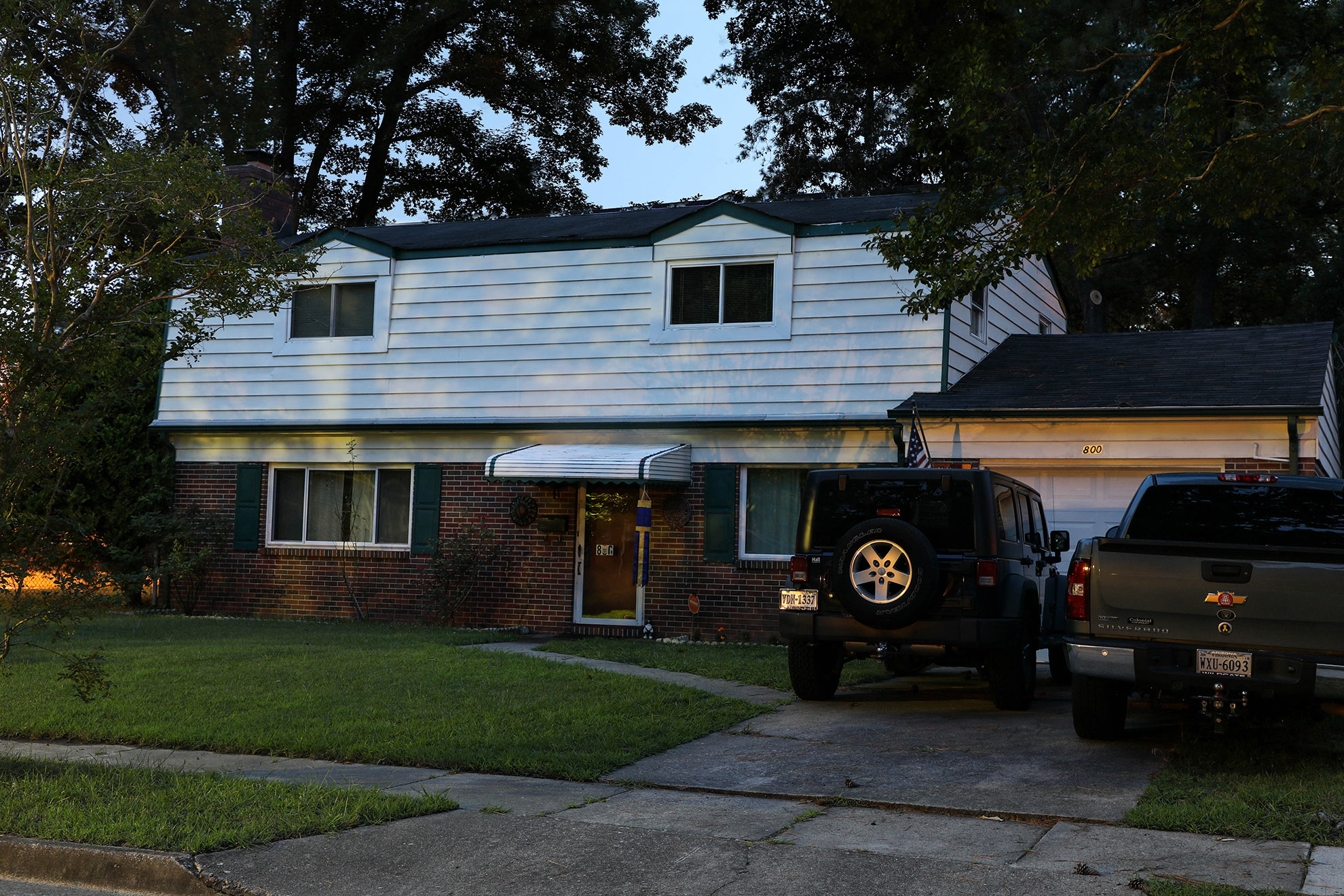
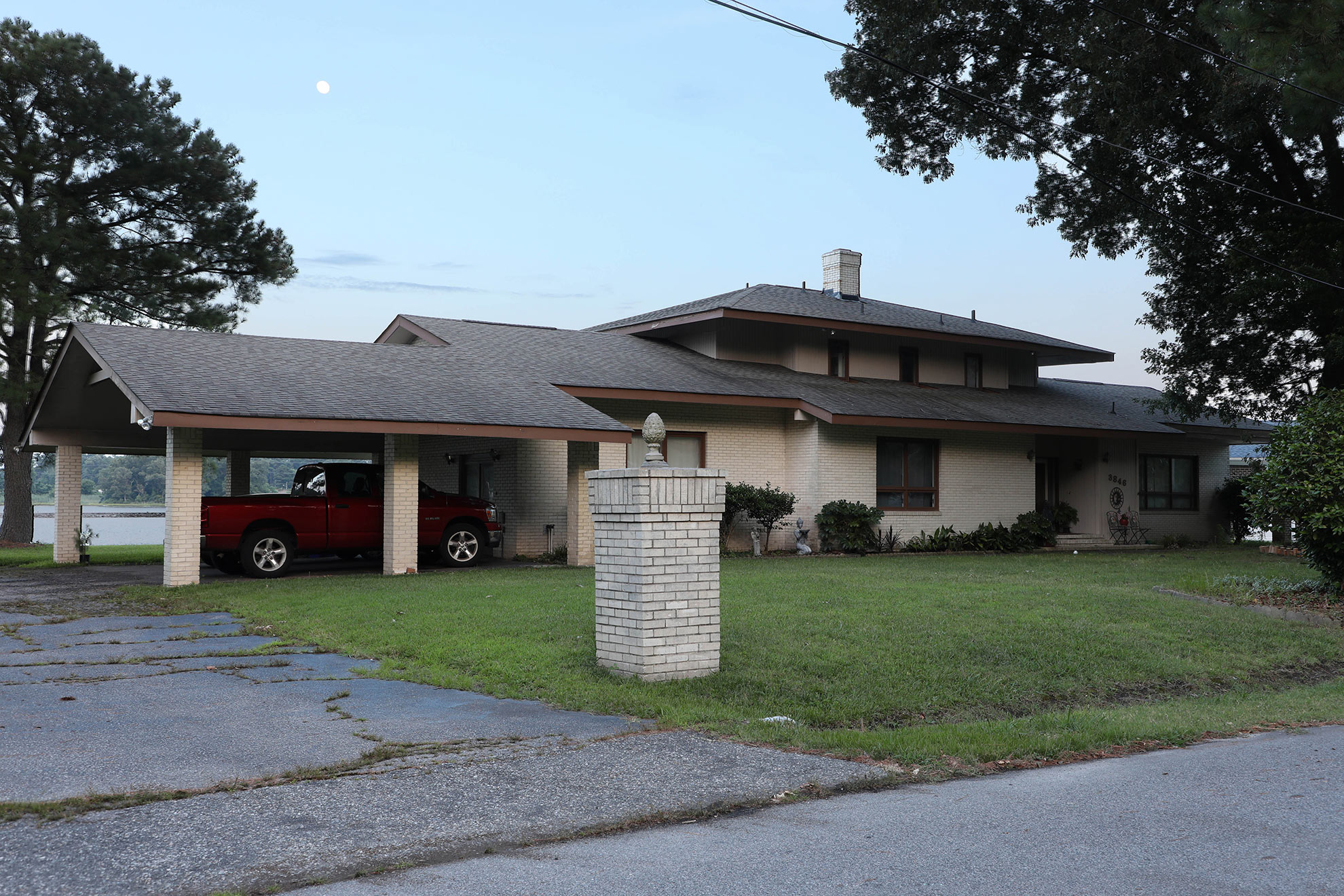
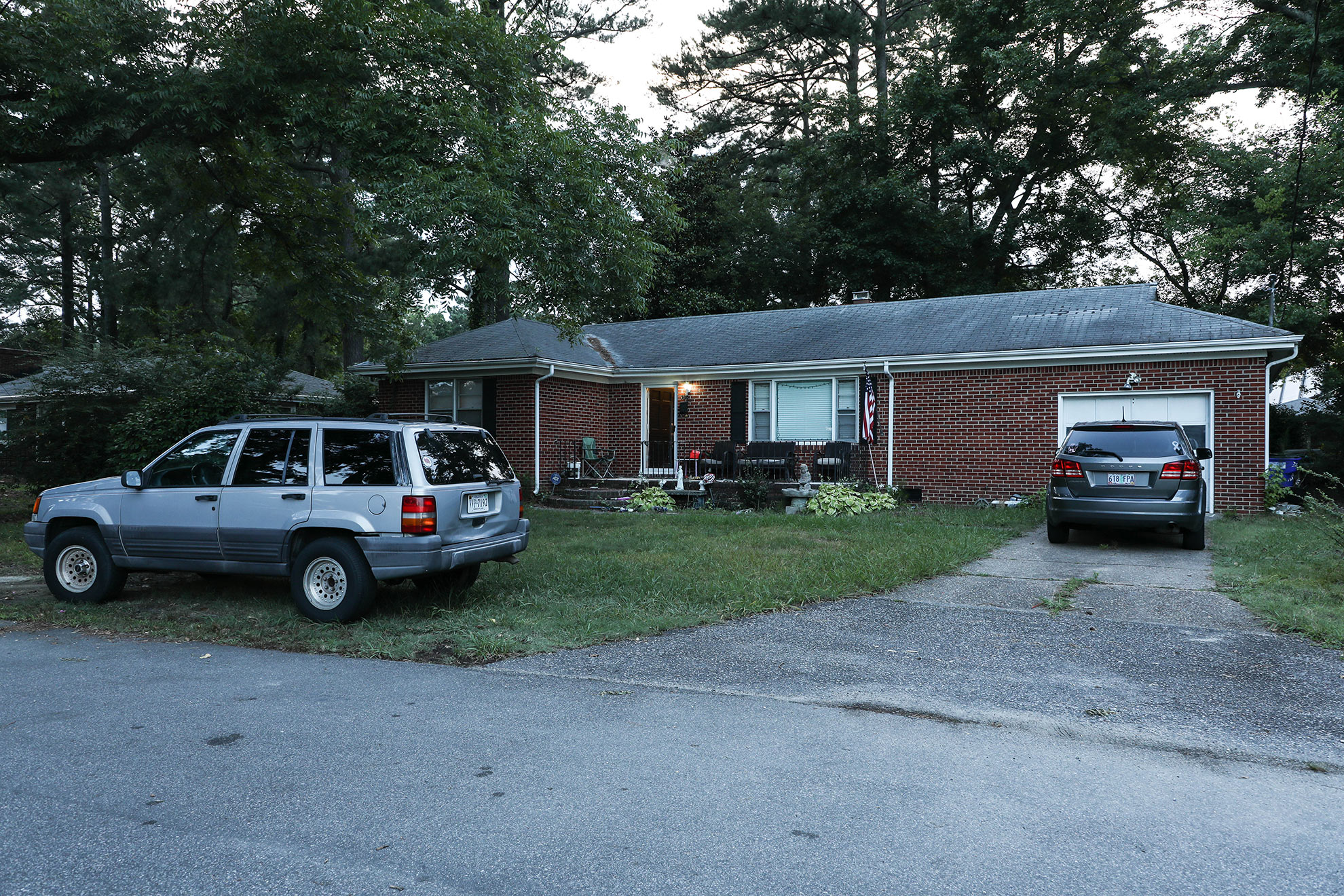
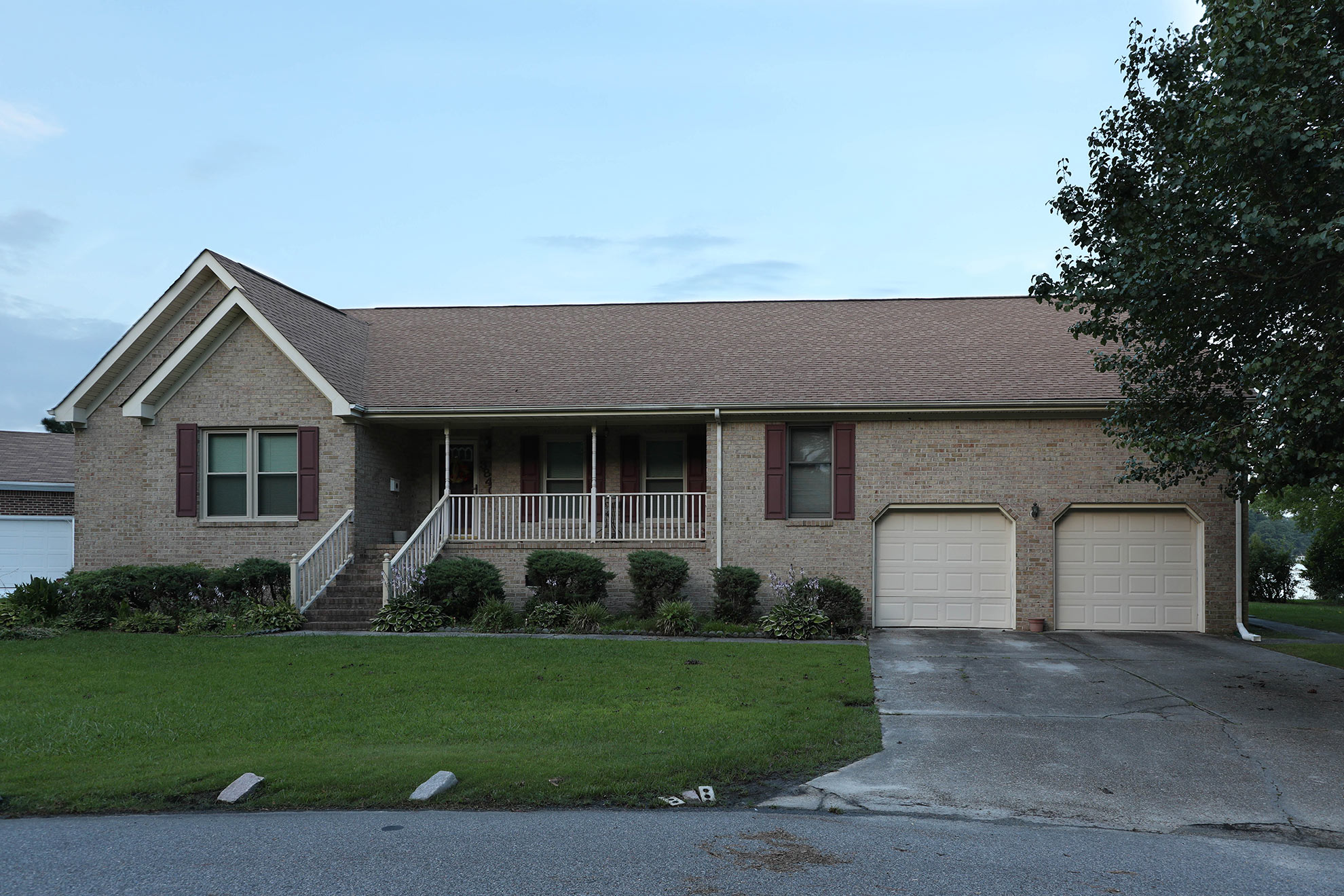
"I can look out my window and I can gauge the height of the tide and I know as long as I can see the pier I'll be able to get out of the curb."
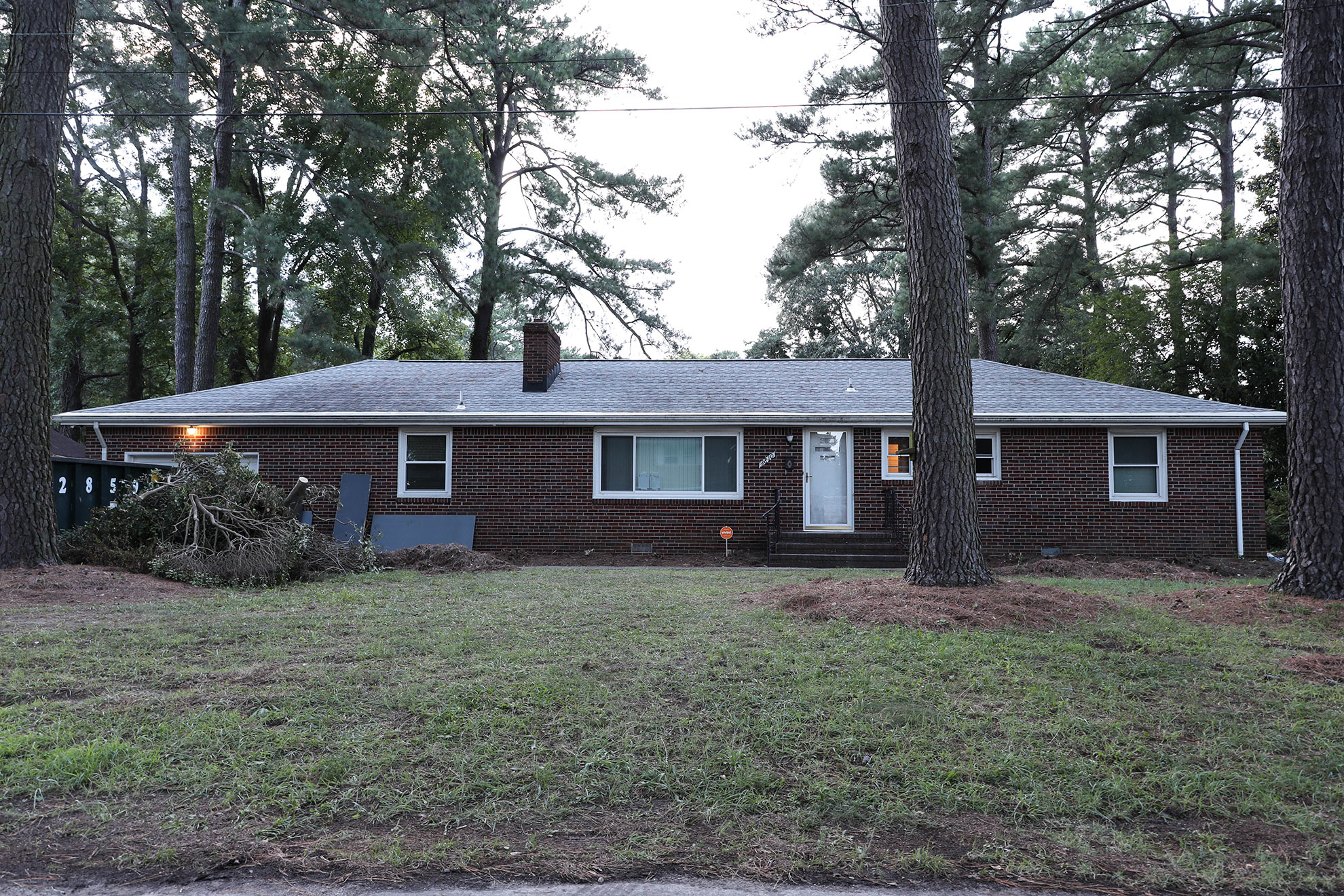
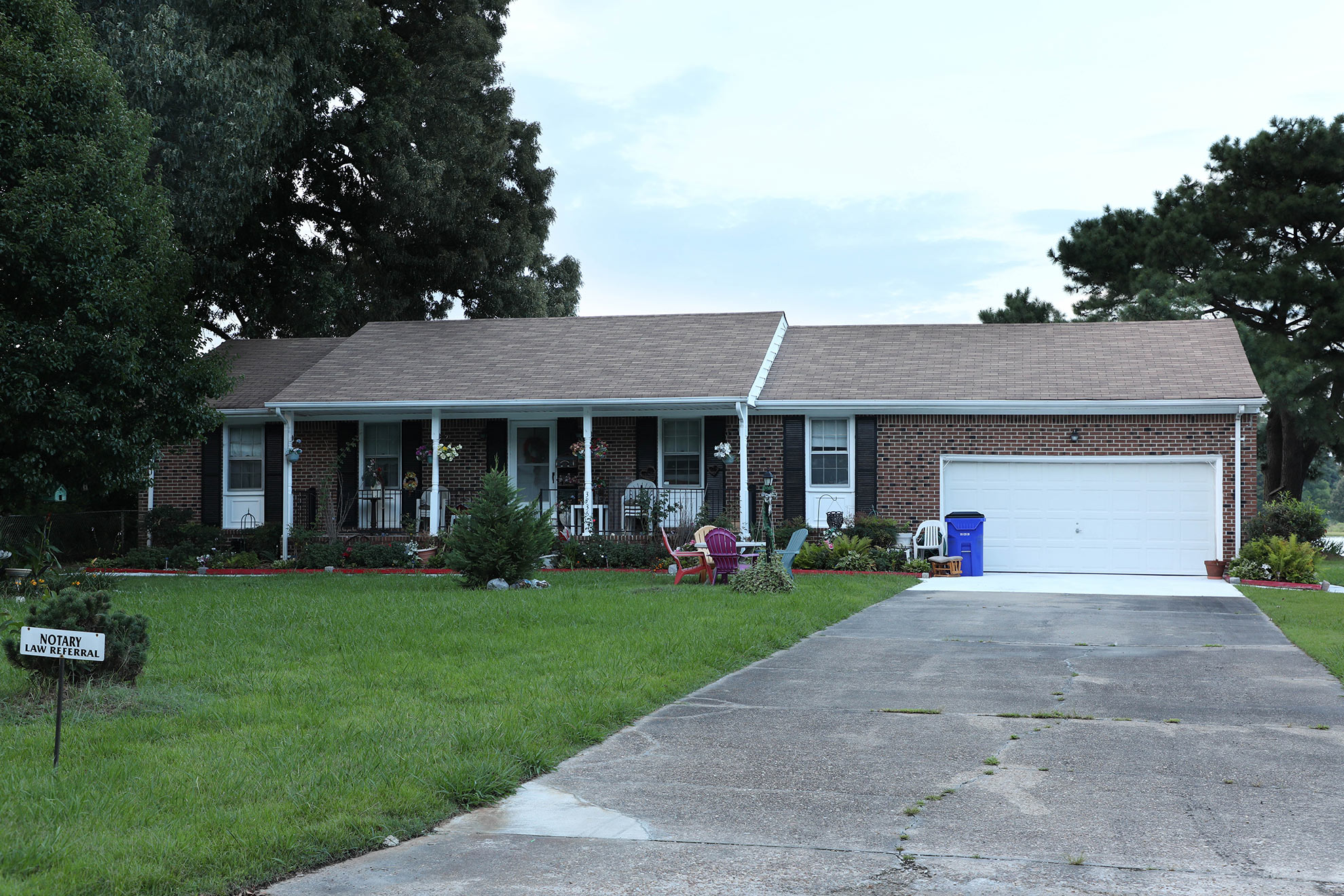


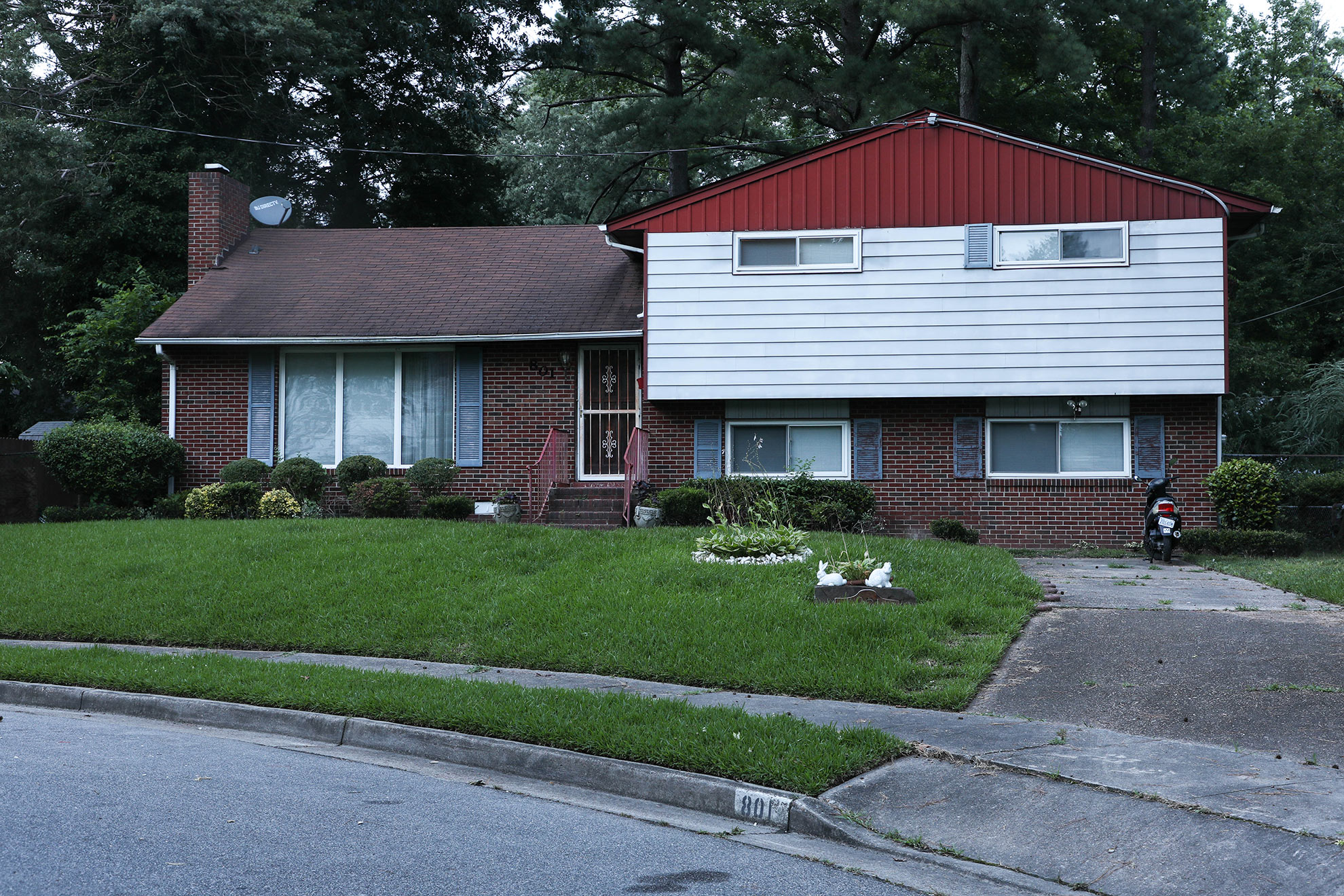
A SOLUTION ON THE HORIZON
Recognizing that the problem will only worsen as sea levels rise, the Ingleside Community began to discuss their options for mitigating the flooding. In addition to their many other amenities the neighborhood also boasts an active Civic League, dedicated to the best interests of the neighborhood and her residents.
Southall serves as the Recording Secretary for the Ingleside Civic League. According to her, while the residents were ready for a change, the neighborhood wasn’t quite sure where to start.
Fortunately for Ingleside, just as they were discussing how to address the flooding from a neighborhood level, two environmental non-profits were developing a project designed for just that.
“We really didn't know what we could do about the flooding from a community perspective because the issue seemed so large,” Southall said. “We didn't have the knowledge or resources to help ourselves.”
With this project Wetlands Watch and the Elizabeth River Project were hoping to combine their goals of mitigating coastal flooding and improving the quality of the water in the Elizabeth River watershed with the talents of the students at University of Virginia to solve Ingleside’s unique problems. The hope was that by collaborating on a local level they could build a resilient coastal city one neighborhood at a time.
THE ROAD AHEAD
Although the school semester has ended and the project has wrapped up, the work in Ingleside has just begun. The next step for the non-profits and community members is to seek avenues for implementing the designs in the final report. With help from Rieger, Southall presented the proposal to the Norfolk City Council in hopes of earning Ingleside a spot in the city’s Capital Improvement Plan. This would ensure that the neighborhood improvements would be factored into the annual city budget, providing a source of funding for larger, infrastructural changes like the proposed green street on Fontaine Avenue.
Wetlands Watch has also applied for a watershed restoration grant from the National Fish and Wildlife Foundation. If successful, this funding would help the neighborhood implement the first phase of the Ingleside proposal, which suggests retrofitting roadside ditches into bioswales. Overall, the members of the project felt that Ingleside has made real progress towards a sustainable future.
CREDITS
Produced by Virginia Sea Grant science communications interns Sarah Ruiz, Daniel Diaz-Etchevehere, and Jessica Taylor,
and directed by Ian Vorster, Virginia Sea Grant communications director.
Written by Sarah Ruiz
Filming by Danny Diaz-Etchevehere, Jessica Taylor, Dennis Quigley, and Ian Vorster
Video production by Danny Diaz-Etchevehere and Jessica Taylor
Photography by Jessica Taylor
Animation by Sarah Ruiz
Voiceover by Sarah Ruiz
Edited by Ian Vorster, VASG Communications Director
Website design by Howell Creative Group
Phoebe Crisman – Ingleside Report
John Ehlers – Drone footage
Elizabeth River Project
Chris Free, City of Norfolk – Flooding footage
NOAA Sea Level Rise Viewer
Wetlands Watch
Additional flooding images courtesy of: Charles Gore, Ed Guyton, Barbara and Timothy Murray, Ben and Kate Nielson, Brian Wierzbicki
Special thanks to:Phoebe Crisman
Alex Dryden
Charles and Sylvia Gore
Ben and Kate Nielson
Allison Owens
Ricielle Reynolds
Joe Rieger
Justin Shafer
Nikki Southall
Skip Stiles
Hung Truong
Juanita Wharton